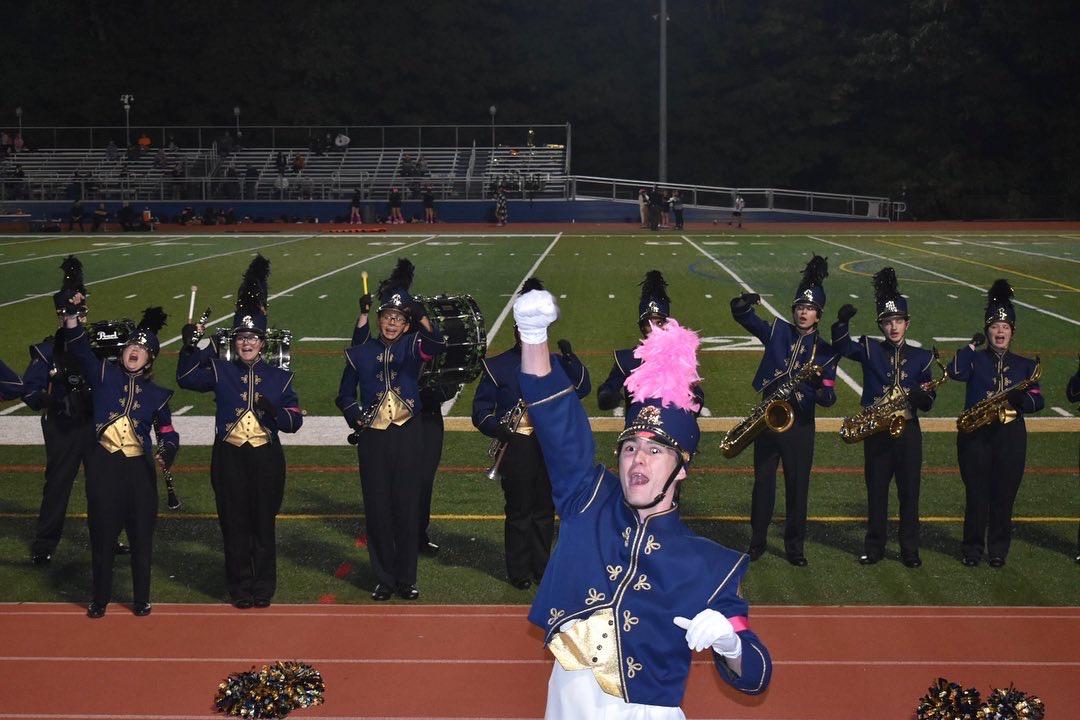‘24

The IH greenhouse is used for a variety of classes and projects: freshman science classes use the plants to study basic plant and insect biology, horticulture classes germinate and grow plants to study, arrange, and sell, and the Science, Medicine, and Research UP junior class uses the space for studying the impacts of different variables on plant growth and germination.
The greenhouse typically sits at a comfortable temperature between 68 to 84 degrees fahrenheit, depending on the time of year. Because of this, many different types of plants can be grown throughout the school year. With the summer months approaching, students are beginning to plant basil, tomatoes, and bell peppers. Succulents, flowers, and even banana plants can also be found in the greenhouse. Amanda Vicente, senior in horticulture, commented, “My favorite plants that I’ve grown in the greenhouse have to be my baby sun rose, which has grown to be the size of two greenhouse trays, and my cucumbers, which sprouted so quickly and their roots smell so good.”


Horticulture students’ strawberry, pear, and tomato plants are growing toward the light, a behavior known as phototropism. Auxin, a hormone in plants, makes cells on the darker side of the plant grow taller, causing the plant to grow toward the light.
Taking care of such a wide variety of kinds of plants provides horticulture students with a breadth of experience and knowledge. Jonny McCreedy, senior in horticulture, says, “I’d have to say that [the most valuable thing that] you learn [is] a type of responsibility for taking care of an alive thing. You grow it from a seed and then as you wait, you have to nurture it and make sure it doesn’t get infested with bugs.”


Many of the plants in the greenhouse are germinated from seeds that come from the plants of other students’ projects, making them generations old. In this picture, a new succulent is being propagated. Keep a look out for the horticulture end-of-year sale, which features succulents like these.











